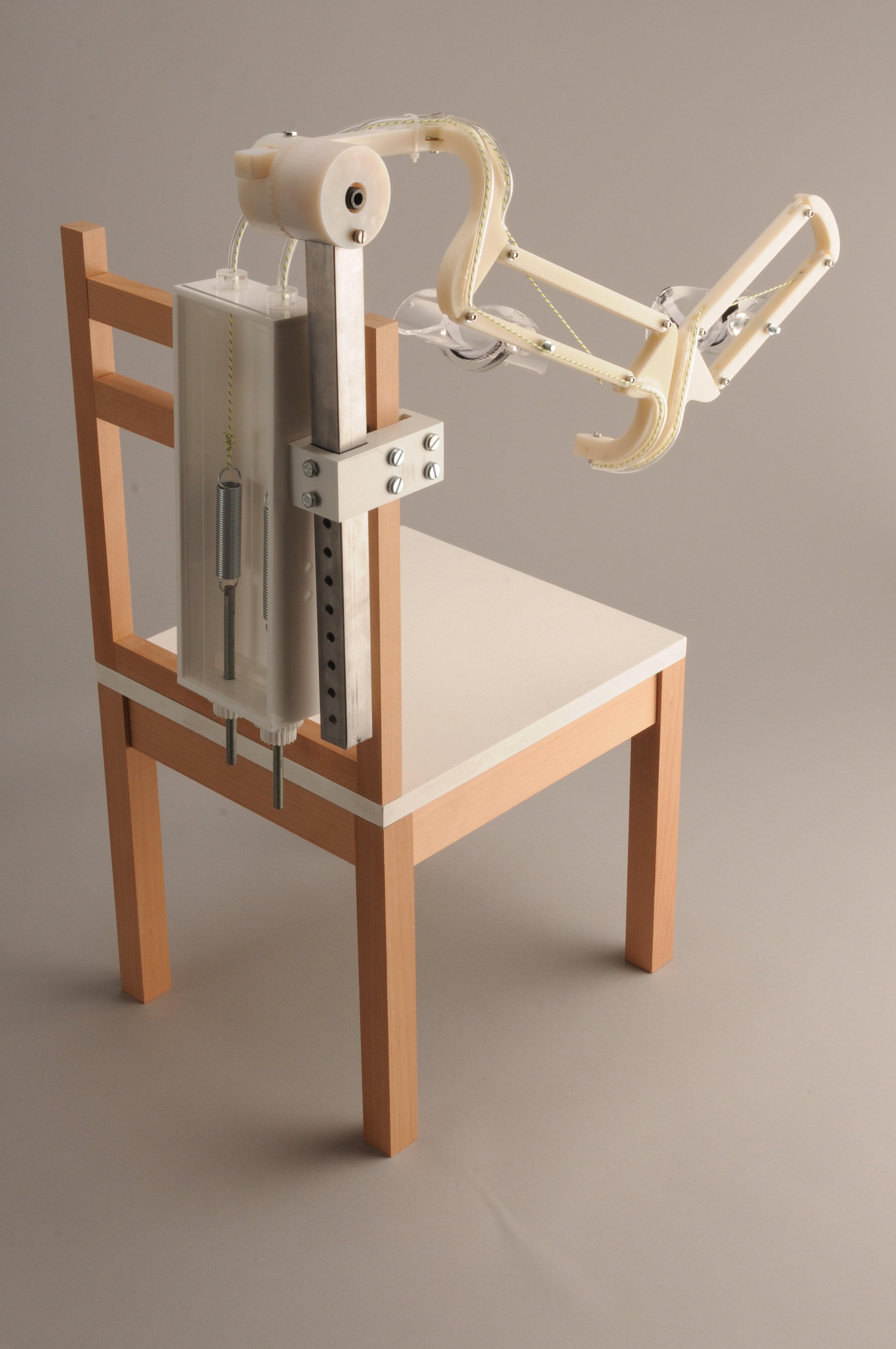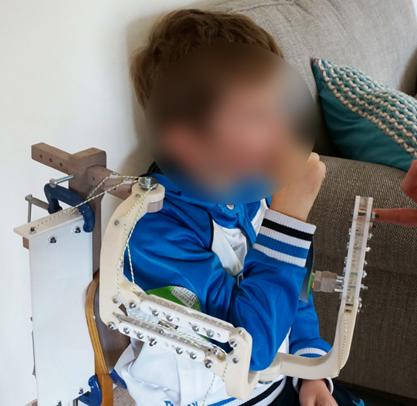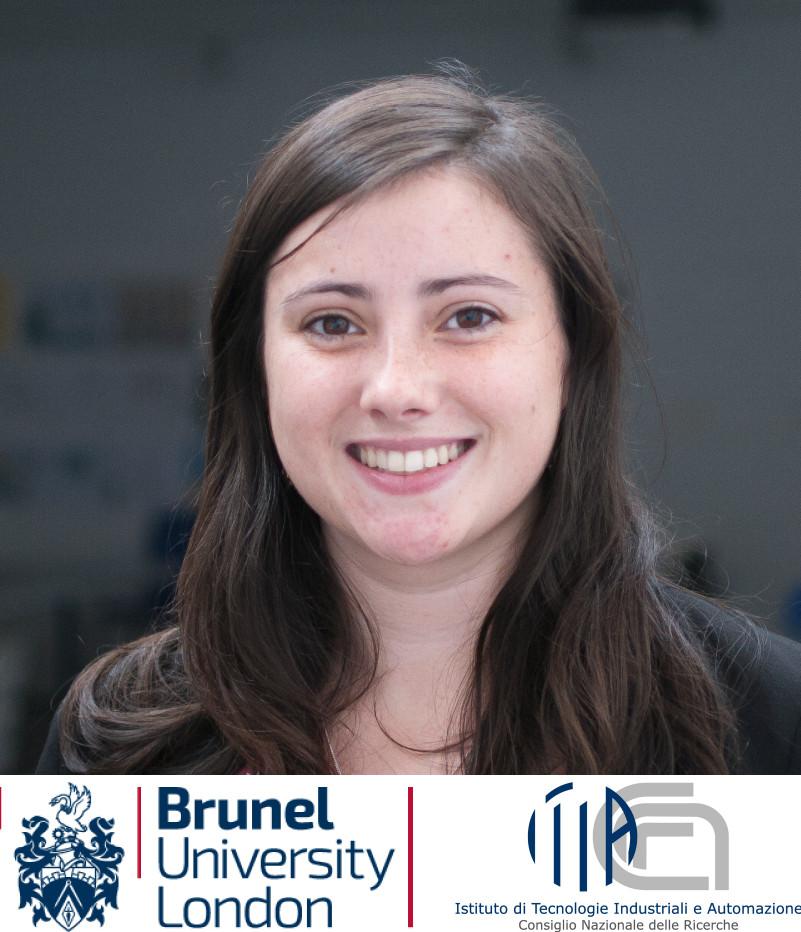Espositori 2016
- ARDUINO
- HOME AUTOMATION
- YOUNG MAKERS (< 18)
- FABRICATION
- FASHION & WEARABLES
- INTERNET OF THINGS
- EDUCATION
- KIDS & EDUCATION
- OPEN SOURCE
- GAMES
- RECYCLING & UPCYCLING
- ROBOTICS
- SCIENCE
- ENERGY & SUSTAINABILITY
- MUSIC & SOUND
- ARTISANS & NEW CRAFT
- 3D PRINTING
- ART
- BIOLOGY
- FOOD & AGRICULTURE
- DRONES
- WELLNESS & HEALTHCARE
- HACKS
- 3D SCANNING
- CULTURAL HERITAGE
- STEAM PUNK
- CROWDFUNDING
ASSISTarm
ASSISTarm is an assistive arm device for children with muscle weakness as a result of Cerebral Palsy, or other neurological conditions.
It attaches to a wheelchair, and balances the weight of the user’s arm using spring tension applied through cables to four-bar-linkages. This helps the user to move with very little effort through a sufficient range of motion to carry out activities of daily life such as eating, playing and communicating.
The main linkages and pivots are manufactured through 3D printing, which allows the size of the device to be customised to each user. The lower cost of 3D printing compared with metal machining also allows the device to be updated regularly, making it the ideal solution for growing children.
Covers on the arm supports and over the mechanisms make the device safer and more comfortable, but can also be personalised to improve the acceptability of the device to each user.
It attaches to a wheelchair, and balances the weight of the user’s arm using spring tension applied through cables to four-bar-linkages. This helps the user to move with very little effort through a sufficient range of motion to carry out activities of daily life such as eating, playing and communicating.
The main linkages and pivots are manufactured through 3D printing, which allows the size of the device to be customised to each user. The lower cost of 3D printing compared with metal machining also allows the device to be updated regularly, making it the ideal solution for growing children.
Covers on the arm supports and over the mechanisms make the device safer and more comfortable, but can also be personalised to improve the acceptability of the device to each user.
Italy
Elizabeth Pearce, Marco Ajovalasit (HCDI Brunel University), Matteo Malosio (as representative of IRAS group @CNR-ITIA)
I am recent graduate of Brunel University, with a First Class Honours Degree in Product Design BSc. I developed ASSISTarm as the main section of work for the final year of my degree. I enjoy working in a range of areas, including concept generation, design for manufacture, and user centered design. I completed a placement year as a Product Design Engineer Intern at Cambridge Consultants between the 2nd and 3rd years of university. During this time I gained experience in mechanical design, prototyping with 3D printing and rapid prototyping, design for manufacture of plastic and metal parts, and concept generation.
ASSISTarm was jointly supervised by the Human Centred Design Institute (HCDI) of the Brunel University London and by the Institute of Industrial Technologies and Automation of the National Research Council of Italy. The former brings together a multi-disciplinary group of experts who develop the knowledge and skills required to design products, services and systems which are physically, perceptually, cognitively and emotionally intuitive. The robotic department of the latter has experience in the conception, optimization and development of innovative devices and control systems. It is currently involved in the development and assessment of rehabilitation devices in collaboration with clinical centres.
ASSISTarm was jointly supervised by the Human Centred Design Institute (HCDI) of the Brunel University London and by the Institute of Industrial Technologies and Automation of the National Research Council of Italy. The former brings together a multi-disciplinary group of experts who develop the knowledge and skills required to design products, services and systems which are physically, perceptually, cognitively and emotionally intuitive. The robotic department of the latter has experience in the conception, optimization and development of innovative devices and control systems. It is currently involved in the development and assessment of rehabilitation devices in collaboration with clinical centres.
A33 (pav. 6)





















































































